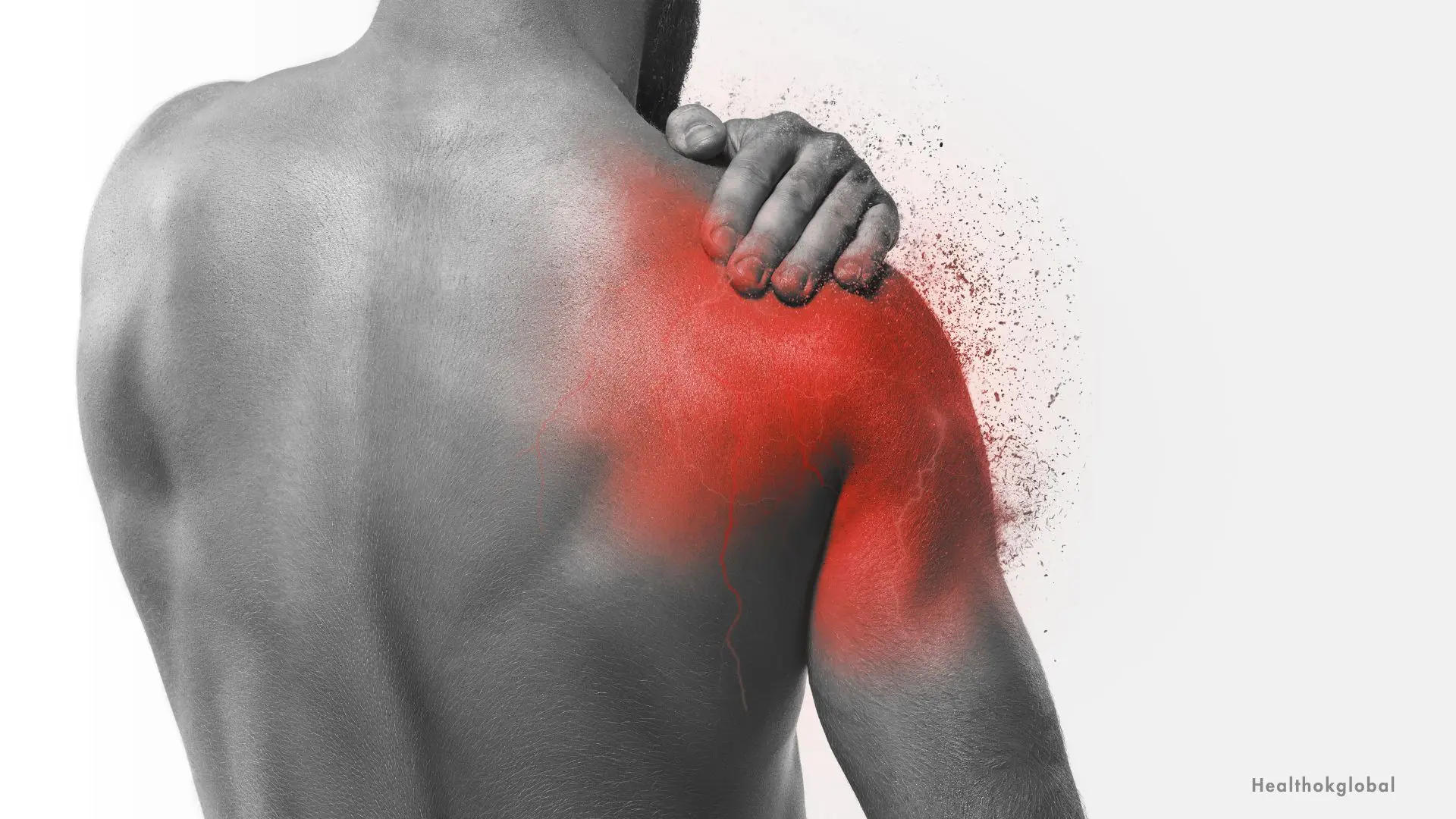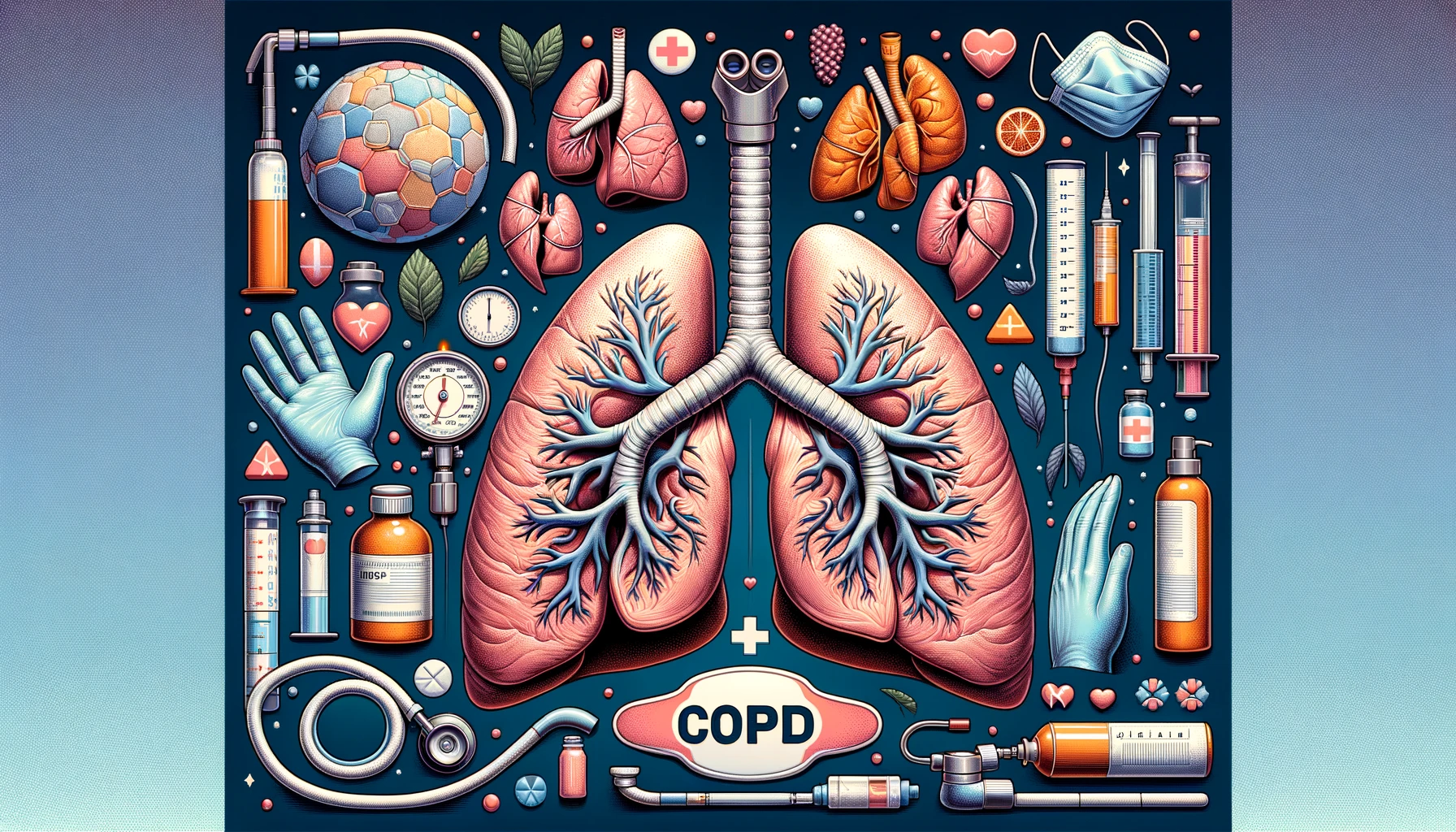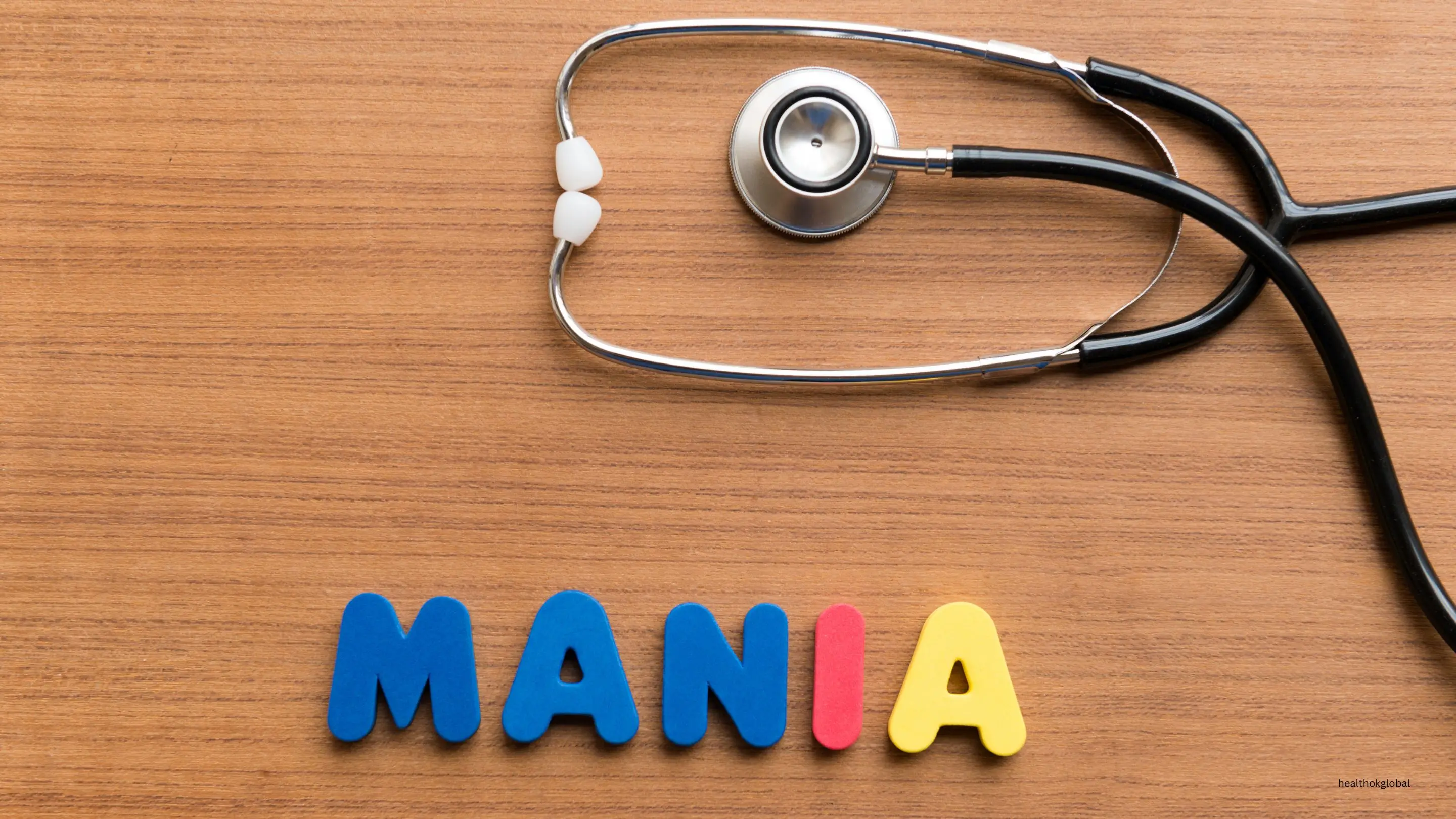Pain is a complex and subjective experience that can significantly affect a person's quality of life.

Blog
Nursing Care Plan (NCP) for Pain: Comprehensive Strategies for Effective Pain Management
Pain is a complex and subjective experience that can significantly affect a person's quality of life. It can be acute or chronic, varying in intensity and duration. Effective pain management is crucial for patient recovery and overall well-being. Nurses play a vital role in assessing, managing, and alleviating pain through comprehensive care plans tailored to individual needs.
The first step in creating an effective nursing care plan for pain is a thorough assessment. This involves understanding the patient's pain experience, including its intensity, location, duration, and factors that alleviate or exacerbate it.
Patients rate their pain on a scale from 0 (no pain) to 10 (worst possible pain). This simple tool helps quantify pain intensity.
Patients mark their pain level on a 10-cm line ranging from no pain to worst pain imaginable. This provides a visual representation of pain intensity.
Especially useful for children and non-verbal patients, this scale uses facial expressions to indicate pain levels.
This mnemonic helps guide a detailed pain assessment: P: Provocation/Palliation - What causes the pain? What alleviates it? Q: Quality - What does the pain feel like (sharp, dull, throbbing)? R: Region/Radiation - Where is the pain located? Does it radiate? S: Severity - How severe is the pain on a scale of 0-10? T: Timing - When did the pain start? How long does it last?
Understanding the patient's medical history, previous pain experiences, and current medications helps tailor the care plan.
Based on the assessment, specific nursing diagnoses related to pain can be formulated. These diagnoses guide the development of targeted interventions and outcomes.
Acute pain related to injury, surgery, or medical procedures, as evidenced by verbal reports of pain, guarding behavior, and changes in vital signs.
The patient will report a reduction in pain to a tolerable level within 48 hours. The patient will demonstrate the use of at least two pain-relief strategies.
1. Administer Analgesics: Provide prescribed pain medications, monitoring for effectiveness and side effects. 2. Non-Pharmacological Interventions: Employ techniques such as ice/heat application, relaxation exercises, and distraction methods. 3. Patient Education: Teach the patient about pain management strategies and the importance of reporting pain promptly.
Chronic pain related to chronic health conditions, as evidenced by long-term pain reports, fatigue, and altered physical function.
The patient will report an improved quality of life and better pain control within four weeks. The patient will actively participate in a pain management plan.
1. Develop a Multimodal Pain Management Plan: Combine pharmacological and non-pharmacological strategies tailored to the patient's needs. 2. Support Groups and Counseling: Refer the patient to support groups or counseling to address the emotional aspects of chronic pain. 3. Regular Follow-Up: Schedule regular follow-up visits to reassess pain and adjust the care plan as necessary.
Effective pain management often requires the use of medications. Nurses must be knowledgeable about various pharmacological options and their appropriate use.
Medications such as acetaminophen and NSAIDs (e.g., ibuprofen) are used for mild to moderate pain. They work by reducing inflammation and blocking pain signals.
Medications like morphine, oxycodone, and fentanyl are used for severe pain. These drugs work by binding to opioid receptors in the brain, altering the perception of pain.
Medications such as amitriptyline and duloxetine can help manage chronic pain by altering neurotransmitter levels.
Drugs like gabapentin and pregabalin are effective for neuropathic pain by stabilizing nerve activity.
In addition to medications, non-pharmacological interventions play a crucial role in pain management. These methods can enhance the effectiveness of pain relief strategies.
Helps relax muscles, improve circulation, and reduce pain.
Regular, low-impact exercises can strengthen muscles, improve flexibility, and reduce pain.
A device that delivers low-voltage electrical currents to reduce pain perception.
Methods such as deep breathing, progressive muscle relaxation, and guided imagery can help reduce pain by decreasing muscle tension and stress.
Helps patients develop coping strategies and alter negative thoughts related to pain.
Educating patients about pain management is crucial for effective pain control. Patients who understand their pain and how to manage it are more likely to participate actively in their care plan.
Explain the nature of pain, its causes, and how it can be managed.
Teach patients about their medications, including how to take them correctly and potential side effects.
Educate patients on the use of non-pharmacological methods to manage pain.
Listen to the patient’s concerns and validate their pain experience.
Encourage participation in support groups where patients can share their experiences and strategies for managing pain.
Regular evaluation and reassessment are essential to ensure the effectiveness of the pain management plan. Nurses should continuously monitor the patient’s pain levels and adjust the care plan as needed.
Conduct regular follow-up assessments to evaluate pain intensity, duration, and the effectiveness of interventions.
Modify the care plan based on the patient’s response to treatment and any changes in their condition.
Effective pain management is a critical aspect of nursing care. By conducting thorough assessments, formulating specific nursing diagnoses, and implementing a combination of pharmacological and non-pharmacological interventions, nurses can significantly improve patient outcomes. Patient education and regular reassessment are also vital components of a successful pain management strategy. Through a comprehensive and personalized approach, nurses can help patients achieve better pain control and an improved quality of life.
HealthOK Global provides expert insights on nutrition, meal planning, and healthy eating habits. Contact our FREE 24 x 7 Healthcare Helpline at +91-8047190955 for assistance.
The first step in creating an effective nursing care plan for pain is a thorough assessment. This involves understanding the patient's pain experience, including its intensity, location, duration, and factors that alleviate or exacerbate it.
Patients rate their pain on a scale from 0 (no pain) to 10 (worst possible pain). This simple tool helps quantify pain intensity.
This section covers 2. Comprehensive Pain Assessment in detail.
Need Personalized Health Guidance?
Get expert advice tailored to your specific health needs from our qualified healthcare professionals.





